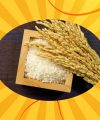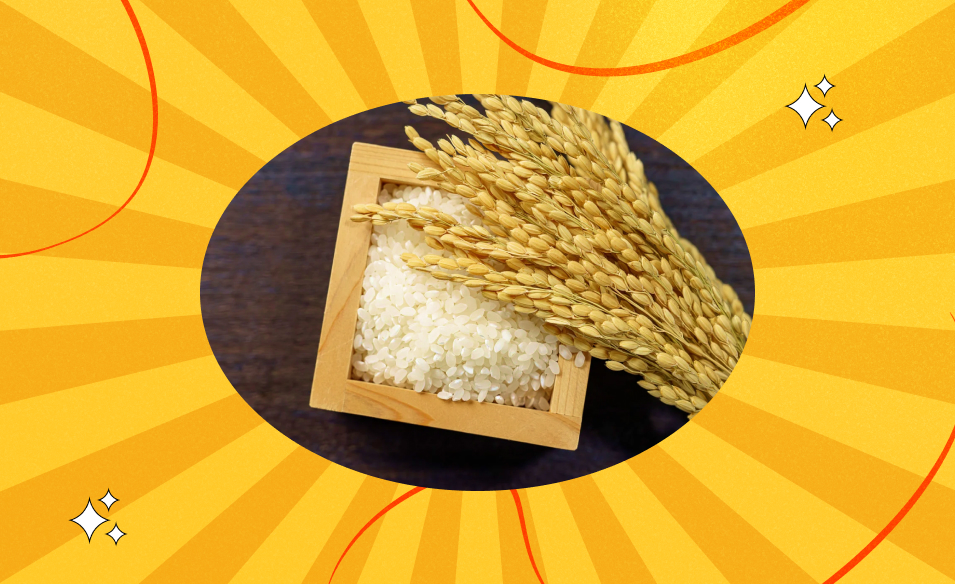Table Of Content
- What Are The Popular Korean Rice Varieties?
- 1. Baekmi (Short Grain White Rice)
- 2. Hyeonmi (Short Grain Brown Rice)
- 3. Chapssal (Glutinous Rice)
- 4. Heukmi (Black Rice)
- What Are The Unique Qualities and Culinary Uses Of Korean Rice?
- Why Is Korean Rice Gaining Huge Popularity In India?
- 1. Growing Interest In Korean Cuisine
- 2. Health Benefits
- 3. Comparison With Indian Rice Varieties
- Where To Buy Korean Rice In India?
- 1. Physical Stores
- 2. Online Platforms
- What Are Some Important Factors to Consider When You Buy Korean Rice in India?
- What Are Some Notable Import Regulations and Availability?
- How Can You Use Korean Rice in Indian Cooking?
- What Are Some Important Cooking Tips For Korean Rice?
- What Are Some Alternatives to Korean Rice in India?
- What Are Some Expert Tips For Buying Korean Rice?
- My Takeaway (As A Consumer)
- Frequently Asked Questions
You are already aware of the fact that in recent years, Korean food has taken India by storm.
The hype goes from Seoul-inspired cafés to homemade K-drama snacks. I must admit that the influence is undeniable.
And can you guess which ingredient faces the most speculation? Spoiler alert: it’s not Gochugaru or Doejang. It’s Korean rice.
At the heart of every Korean meal lies Korean rice, a staple that defines its
- Flavor
- Texture
- Warmth
It is known for its soft, chewy grains and subtle sweetness. This rice variety has become increasingly famous among Indian food enthusiasts.
These people are eager to recreate authentic Korean dishes at home.
So, if you’ve been wondering where and how to buy Korean rice in India, I will break it all down in this guide.
Additionally, I will tell you everything from understanding its varieties to the best online and offline places to find them.
What Are The Popular Korean Rice Varieties?
Korean rice primarily comes in short-grain and medium-grain types. Additionally, it is completely different from Indian long-grain rice (like Basmati).
Korean rice grains are rounder and stickier once cooked.
This texture makes them ideal for dishes like:
- Bibimbap
- Kimchi Fried Rice
- Tteokbokki
1. Baekmi (Short Grain White Rice)
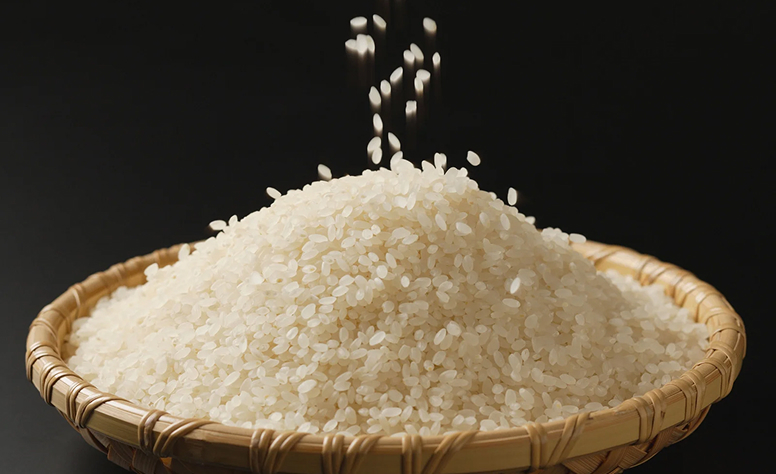
Short-grain white rice is a staple that many people turn to. But did you know? It’s been milled down a bit, which means it lacks some nutritional punch.
But it makes up for that in its wonderfully soft texture and mild taste.
It’s also super easy on the stomach. So, this makes it a go-to for many. In Korean cuisine, it’s you have to serve it alongside soups and stews.
Additionally, to boost its nutritional value, you can also sometimes mix it with:
- Whole grains
- Nuts
- Seeds
To achieve that perfect, fluffy, and sticky consistency, you need to cook it in a rice cooker. Trust me, it is really the way to go!
2. Hyeonmi (Short Grain Brown Rice)
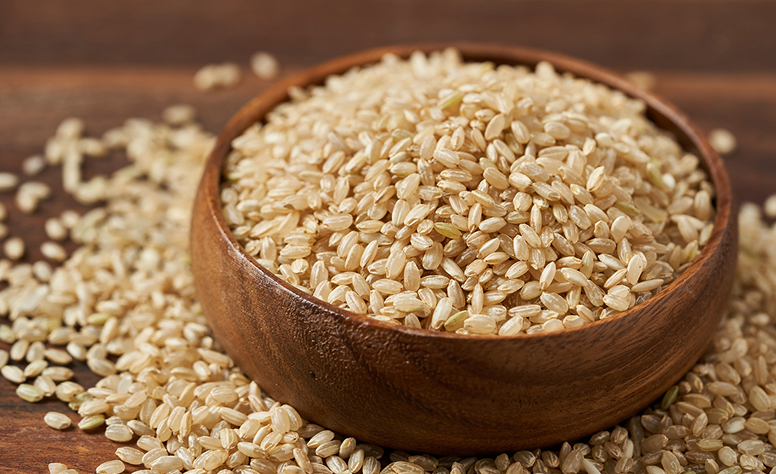
Short-grain brown rice retains its germ and bran. This means it’s packed with vitamins and fiber.
Additionally, it offers numerous health benefits. However, this whole grain can be a bit tougher to digest.
Also, it has a more robust flavor compared to white rice.
To balance out its stronger taste and improve digestibility, many people like to mix it with simpler white rice.
This makes it a popular choice for those looking to keep their sugar intake low, especially for diabetics.
3. Chapssal (Glutinous Rice)
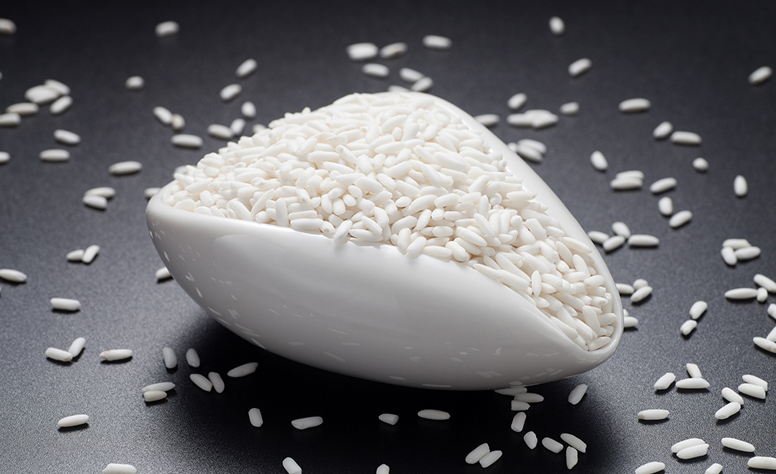
Glutinous short-grain rice is known for its incredible stickiness. This makes it a key ingredient in dishes like Kimbap.
We all know kimbap, right? It’s a type of delicious Korean rice roll.
It’s perfect if you’re craving soft, sticky rice. Additionally, you can also use it if you want to enjoy some chewy rice cakes called Tteok.
Just keep in mind that it has a higher glycemic index. So if you’re not careful, it can give you a quick sugar spike, especially if you don’t pair it with balanced foods.
On another note, when you brew Korean alcohol, you can use this glutinous rice.
It can yield a delightful honey-sweetened drink known as cheongju (clear rice wine).
Additionally, it strikes a lovely balance between acidity and sweetness. So, this makes it a real treat to try!
4. Heukmi (Black Rice)
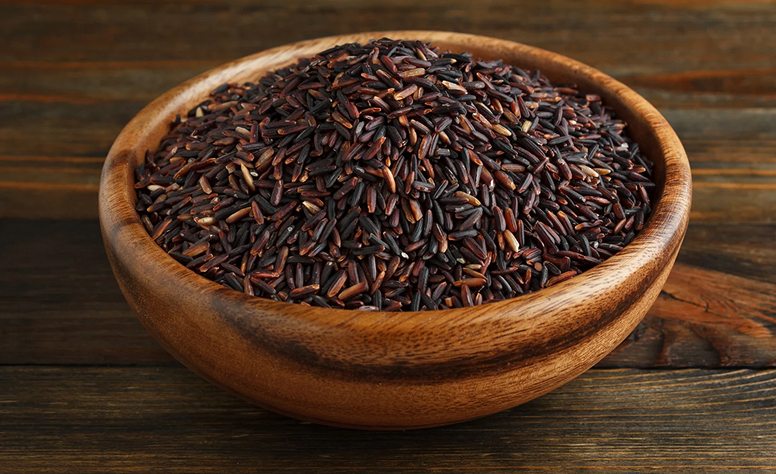
Black rice stands out with its distinctive, nutty flavor. Additionally, it is packed with healthy nutrients such as:
- Iron
- Fiber
Its unique taste makes it a bit of a delicacy. You will often find it in upscale or traditional Korean restaurants.
Additionally, you can also enjoy this at home. You have to blend with white rice for a delicious twist.
If you visit a Korean rice cake shop, you’ll likely notice many beautifully colored rice cakes made with black rice.
This adds both flavor and a touch of elegance to the treats.
What Are The Unique Qualities and Culinary Uses Of Korean Rice?
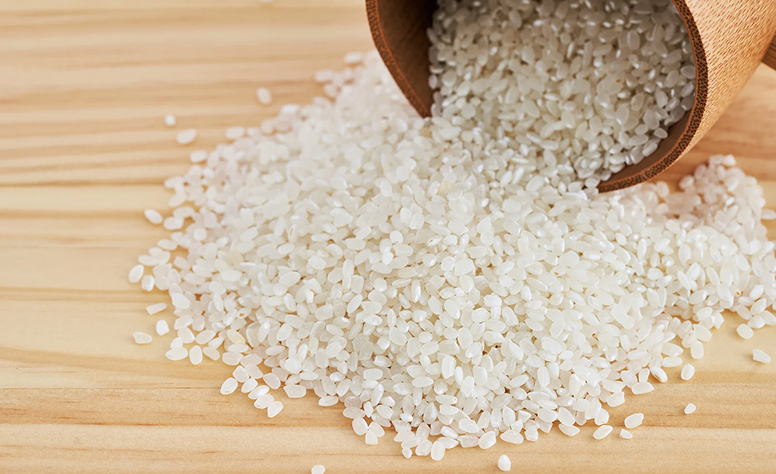
Korean rice really has a unique charm to it. Wanna know what? Firstly, it sticks together just enough so you can easily pick it up with chopsticks.
But it still has that light, fluffy texture. This is what makes each bite enjoyable. Plus, there’s a hint of sweetness in it.
This pairs wonderfully with all those spicy and savory dishes, creating a delicious balance on your plate.
Why Is Korean Rice Gaining Huge Popularity In India?
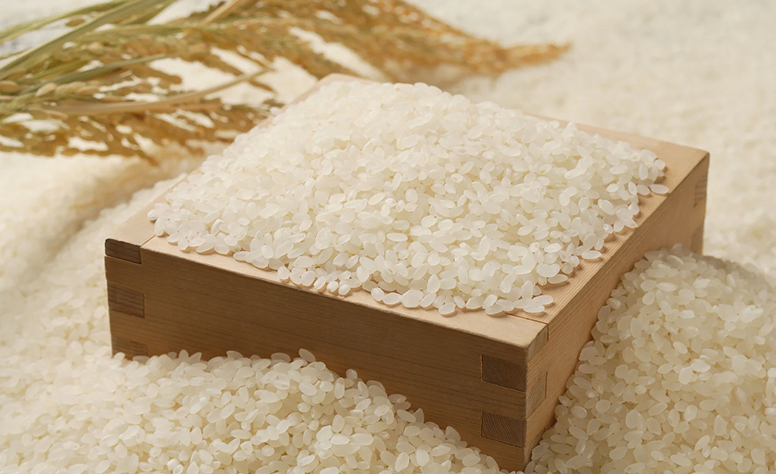
Take notes…
1. Growing Interest In Korean Cuisine
With the Hallyu wave (Korean cultural wave) sweeping India, more people are trying their hands at Korean recipes.
From students cooking ramen in hostels to chefs introducing fusion menus, the demand for authentic Korean ingredients like rice has surged.
2. Health Benefits
Korean short-grain rice is naturally low in fat and cholesterol, providing complex carbohydrates for sustained energy.
Brown and multigrain variants also support digestion and better blood sugar control.
3. Comparison With Indian Rice Varieties
While Indian rice, like Basmati, is fragrant and fluffy, it doesn’t offer the sticky texture needed for most Korean dishes.
For truly authentic Korean flavors, short-grain rice like Japonica is essential.
Where To Buy Korean Rice In India?
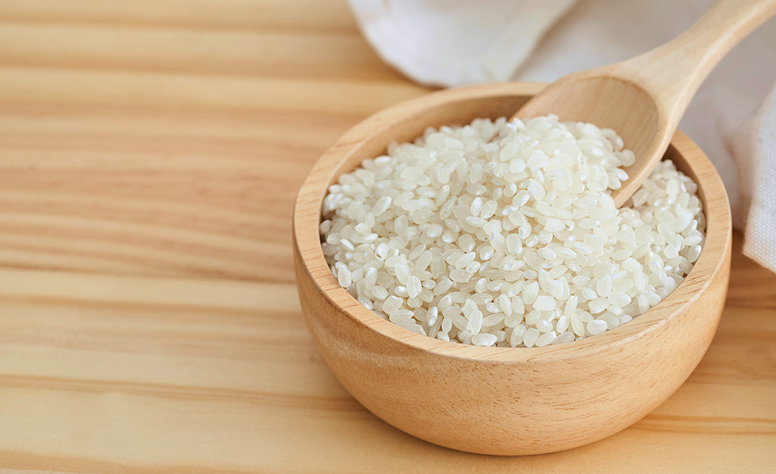
You can take these spots into consideration:
1. Physical Stores
You can find authentic Korean rice in:
- Asian supermarkets in major metros such as Delhi, Mumbai, Bangalore, and Kolkata.
- Specialty Korean grocery stores like Kim’s Mart (Delhi) or Seoul Store (Bangalore).
- Premium chains such as Foodhall and Nature’s Basket often stock imported Korean staples.
2. Online Platforms
Online shopping offers convenience and variety. If you’re on the lookout for Korean rice and related products in India, there are some great options available online.
For instance, Amazon India features brands like Taru Naturals and Urban Platter’s Tteokbokki Rice Cakes, which can elevate your cooking game.
On Flipkart, you can find a variety of Korean short-grain and sticky rice, all from verified sellers to ensure quality.
If you prefer specialized stores, check out Blue Bag Store and Egrum.in, which focus on Asian and Korean products.
And if you need something local, Justdial can help you find nearby sellers of Korean rice in your city.
Shopping online brings a lot of benefits too. First of all, you will have access to authentic imports.
Additionally, you will get competitive prices and the convenience of having everything delivered right to your doorstep.
What Are Some Important Factors to Consider When You Buy Korean Rice in India?
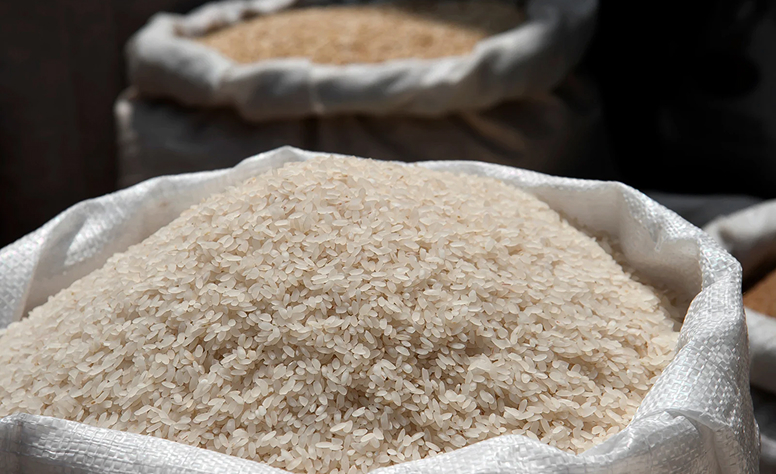
These are the most important and non-negotiable factors to consider when buying Korean rice in India.
- Authenticity: Okay, first things first, you must check for labels stating “Product of Korea”.
Additionally, you can look for certification marks like Korean Agricultural Products.
- Price Comparison: I can assure you that Korean rice typically costs ₹150–₹400 per kg. It is completely dependent on the type and import costs.
- Packaging & Quantity: Additionally, you MUST choose vacuum-sealed or resealable packs to maintain freshness.
- Shelf Life: Store in airtight containers in a cool, dry place. Refrigeration is ideal for humid regions.
What Are Some Notable Import Regulations and Availability?
Bringing Korean rice into India comes with its own set of challenges, like customs duties and logistics, which can drive up the retail price.
However, the landscape is changing. With more Korean suppliers entering the market and the growth of e-commerce, it has become much easier to find Korean rice lately.
Plus, seasonal imports ensure that we get fresh stock every few months, keeping our options exciting!
How Can You Use Korean Rice in Indian Cooking?
Korean rice isn’t just for traditional Korean dishes! You can get creative and try using it in various ways. Here are some ideas:
- Korean-style biryani with gochujang
- Sticky rice pudding infused with cardamom
- Korean fried rice with Indian spices
What Are Some Important Cooking Tips For Korean Rice?
Rinse the rice 3 to 4 times until the water is nice and clear. It helps to soak it for about 20 to 30 minutes before cooking.
When you cook it, use a little less water than you would with Indian rice to get that perfect sticky texture.
What Are Some Alternatives to Korean Rice in India?
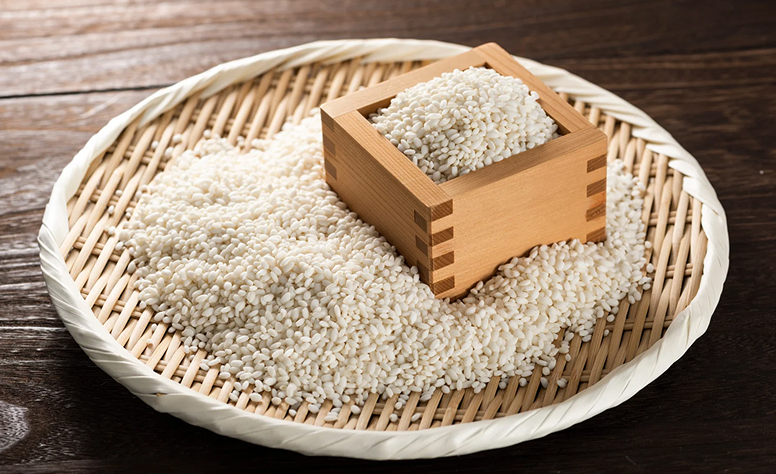
If Korean rice isn’t available, try:
- Japanese Short-Grain Rice: Similar texture and sweetness.
- Thai Glutinous Rice: Slightly softer but good for rice cakes.
- Indian Sona Masoori (when overcooked): A local option for fusion experiments.
What Are Some Expert Tips For Buying Korean Rice?
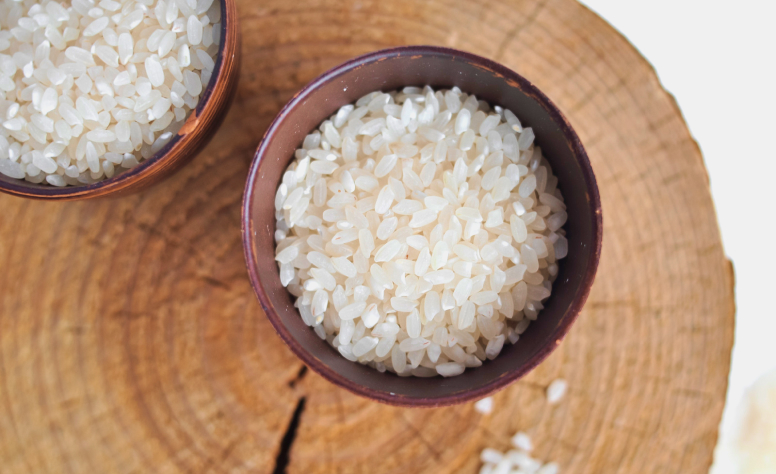
When you go to buy Korean rice, I want you to take these factors into consideration:
- Look for short- or medium-grain Japonica for the best results.
- Check for certification labels to ensure authenticity.
- Prefer reputed sellers like Amazon, Flipkart, or Korean markets.
- Store properly to preserve freshness.
- Try smaller packs first to test your preferences.
My Takeaway (As A Consumer)
Many Indian consumers praise Korean rice for its authentic texture and superior quality, especially for homemade K-dishes.
Brands like Wild Oak, Taru Naturals, and Urban Platter are among the most trusted in online reviews, known for consistent grain quality and good packaging.
Buying Korean rice in India is no longer a challenge, it’s about knowing where to look and what to buy.
Whether you’re cooking Bibimbap, experimenting with fusion dishes, or simply exploring new cuisines, authentic Korean rice elevates your meal’s flavor and authenticity.
Before you buy, remember to check for genuine Korean imports, read reviews, and start small with a sample pack.
Once you get the hang of its texture and taste, it becomes your new pantry staple.
Frequently Asked Questions
Korean rice is a type of short-grain rice, often called “sweet rice” or “sticky rice,” known for its chewy texture and slightly sweet flavor. It is commonly used in Korean cuisine for dishes like sushi, bibimbap, and rice cakes.
Korean rice can be found in specialty Asian grocery stores, Korean supermarkets, and some online marketplaces like Amazon India, Flipkart, or dedicated Korean food importers.
Yes. Korean rice is typically short-grain and sticky, unlike most Indian rice varieties such as Basmati or Sona Masoori, which are long-grain and less sticky.
Prices vary depending on the brand and quality but generally range between ₹150 to ₹400 per kilogram.
Store Korean rice in an airtight container in a cool, dry place. For longer shelf life, refrigeration is recommended, especially in humid climates.
While you can use it, Korean rice has a stickier texture, which might change the texture of traditional Indian dishes. It’s best suited for recipes that benefit from sticky rice.
Yes, Korean rice is naturally gluten-free.
Rinse the rice several times until water runs clear. Soak for 20-30 minutes, then cook with a rice cooker or stovetop using slightly less water than for long-grain rice to achieve the desired sticky texture.
Some brands do offer organic Korean rice, though it may be less common and slightly more expensive.
Japanese short-grain rice or glutinous rice can be good substitutes as they share similar texture and cooking properties.




